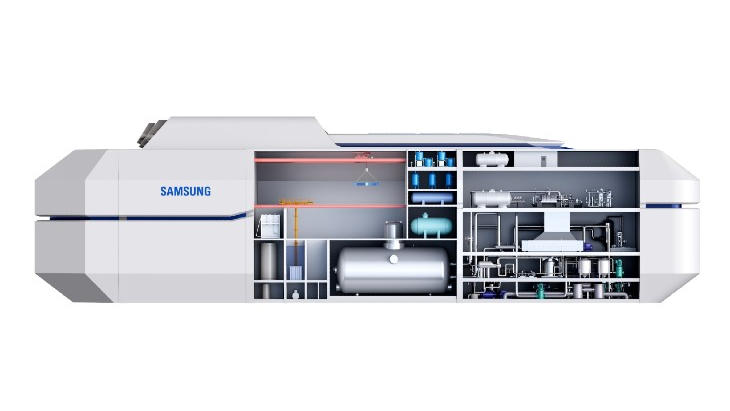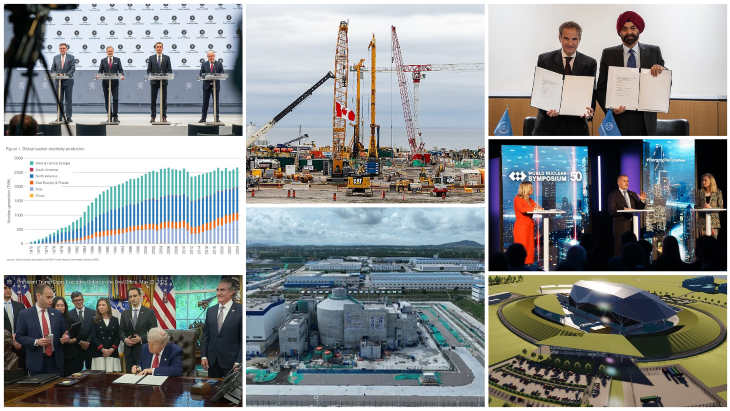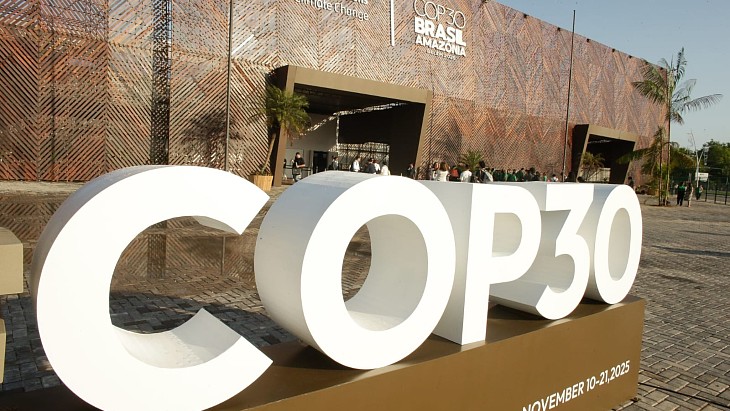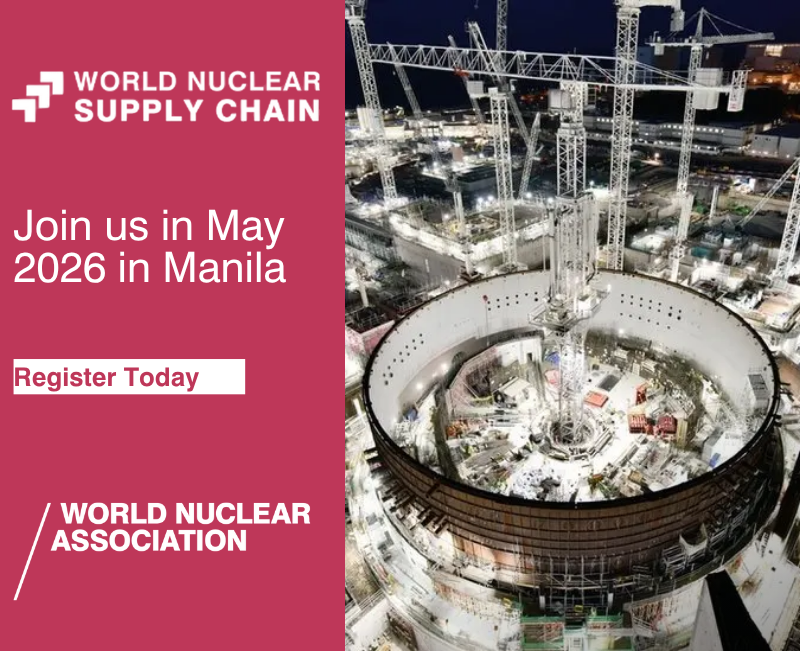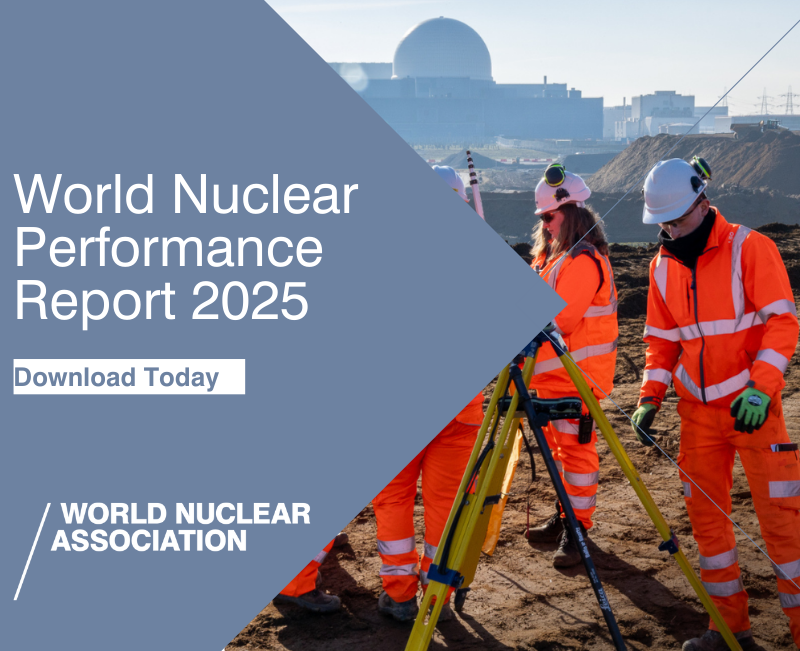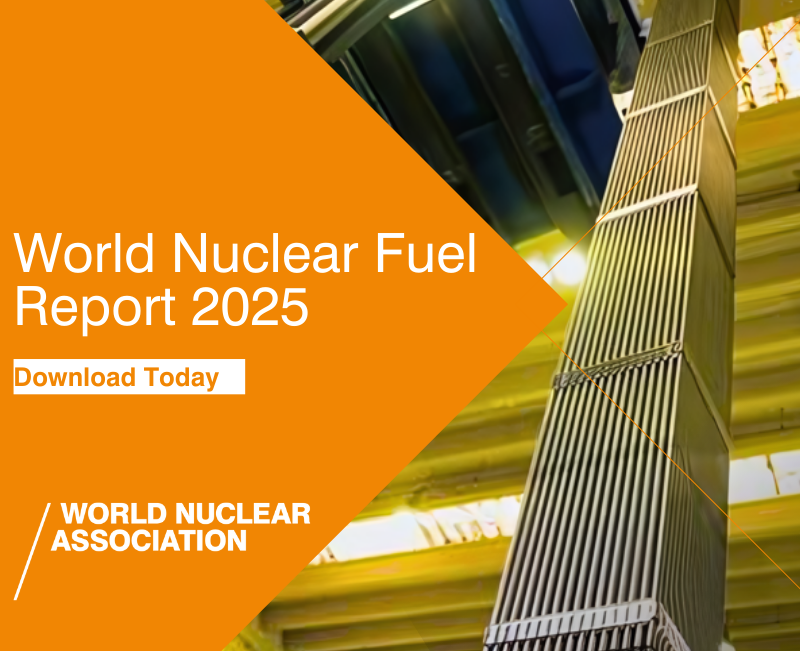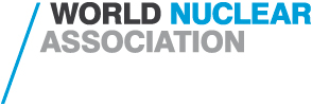Korea Hydro and Nuclear Power (KHNP) intends to export fully-domestic nuclear power plants after 2016, but domestic development and a new relationship with Westinghouse is required first.
KHNP, the owner of all 20 of South Korea's nuclear power reactors, has held a licensee relationship with Westinghouse since the late 1980s when the US-based company supplied the 945 MWe System 80 nuclear steam supply design for Yonggwang 3 and 4. After that, KHNP was able to develop variants of System 80 for its own requirements under technology transfer terms in the licence agreement.
After introducing domestic innovations and updating technology over time, KHNP came up with the Korean Standard Nuclear Plant (KNSP), then the OPR-1000 and the APR-1400.
However, around 5% of the new designs' components still rely on Westinghouse's intellectual property and this has hindered KHNP's ability to export the units - for example to China, which has huge plans for more nuclear power but requires technology transfer elements to its major contracts.
According to information from Konicof, South Korea's international nuclear cooperation foundation, KHNP chose in June 2006 not to extend its licence agreement with Westinghouse for a further ten years and to begin negotiations to develop a 'business cooperation agreement' instead.
The fine details of the agreement are being developed now, following a September proposal to Westinghouse. The deal should allow 'joint forays' in world nuclear markets, Konicof said. Further to this, KHNP intends to complete the development of its own components to eliminate the 5% of Westinghouse-patented technology in its plants. Computer simulation codes, man-machine interfaces and reactor coolant pumps are among the main items to be developed.
This work will feed into another program of KHNP's: to develop a standardised and exportable nuclear power plant design to come after the APR-1400. KHNP plans to spend 177 billion won ($195 million) between now and 2015 on the plan. Feasibility studies would take until 2009; Demonstration and detailed design of core technologies are planned for 2010-2; And optimization and work to gain design acceptance abroad in 2013-5. It is hoped that the 'APR+' power plants could be exported from 2016.
The costs compare to 230 billion won ($254 million) spent to develop APR-1400 between 1992 and 2002. That design is expected to enter service in 2013, following the start of construction of the first two units earlier this month. In addition, two more APR-1400s are planned, and four more OPR-1000s. When those units are complete, South Korea's 28 reactors would output almost 27,000 MWe.
Further information
Korea Hydro and Nuclear Power
Westinghouse
Konicof
WNA's Nuclear Power in Korea information paper
WNN: Shin-Kori 3 and 4 approved
KHNP aims for global markets
Korea Hydro and Nuclear Power intends to export fully-domestic nuclear power plants after 2016, but domestic development and a new relationship with Westinghouse are required first.




_47120.jpg)
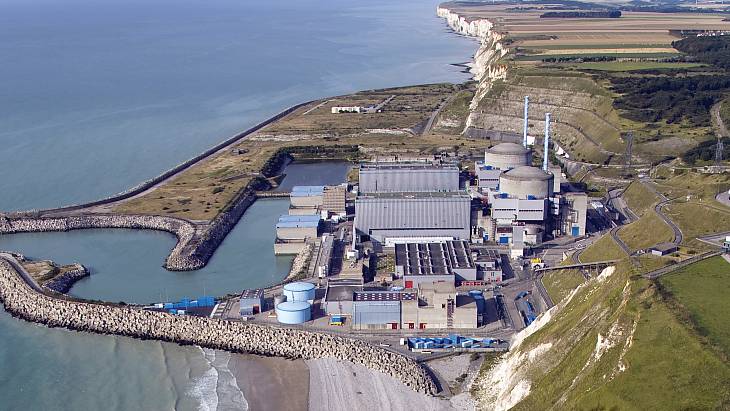
_23621.jpg)
